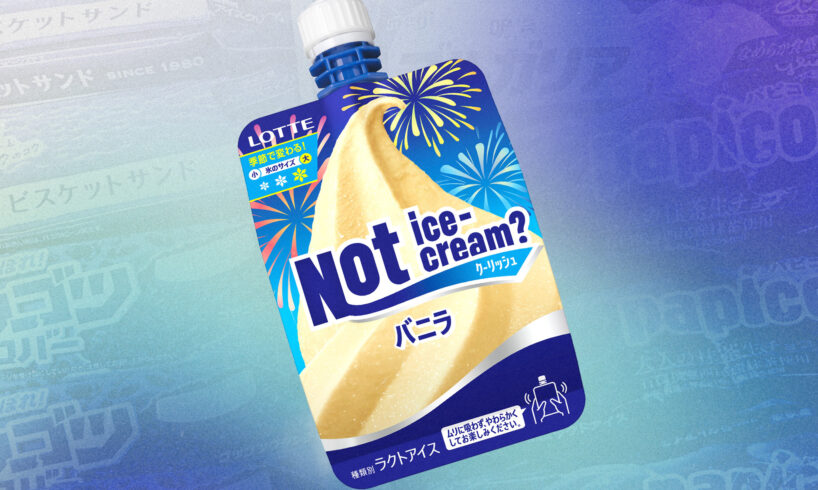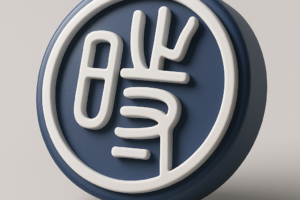
With Japan having just experienced the hottest June on record since the country started keeping track of those things back in 1898, the demand for anti-heat stroke solutions has never been higher. Sunscreen is disappearing from store shelves. Sunshade umbrellas are more popular than ever. And deliciously refreshing ice cream might soon have to be recognized as its own food group.
However, if that ever happens, it will have to come with an asterisk because it turns out that not all Japanese ice cream is technically, legally and factually ice cream. Let us explain.
Japan’s Top Two Aisu
Japanese people have been enjoying aisu (short for aisukuriimu, the pronunciation of “ice cream” here) since frozen treats first became available in Yokohama in 1869 in the form of a frozen custard-like dessert. Nowadays, aisu is the casual umbrella term for anything sweet on a stick or in a cone, cup or squeezable bag found in the freezer section of a convenience store or supermarket. The Japanese government doesn’t see it that way, though.
Legally, only desserts made up of at least 15% milk solids and 8% milk fat can be labeled as “ice cream.” The high dairy content results in a rich, creamy flavor found in the likes of Häagen-Dazs, Lady Borden and Mow. But if only the premium brands are legally ice cream, what is all the stuff next to them in the freezer?
It’s often lacto ice (rakutoaisu), the best-selling frozen dessert in Japan in 2024, with sales exceeding ¥206.6 billion, compared to ice cream’s ¥181.7 billion. Lacto ice contains at least 3% milk solids and has no legally-set minimum on milk fat, which is often substituted entirely with cheaper emulsifiers such as vegetable or palm oil.
It has a lighter, smoother taste than ice cream, but kids generally don’t notice the difference, hence lacto ice’s popularity. It also doesn’t hurt that these desserts are very cheap and come in bigger sizes like the ultra-popular Essel Super Cup, Soh (the one in a square container) and the squeezable Coolish.
The Icy Middle-Ground of Compromise (and Milk)
Somewhere between ice cream and lacto ice you will find ice milk (aisumiruku). Legally defined as any frozen dessert with at least 10% milk solids and 3% milk fat, it may occasionally be adulterated with plant oils but often comes quite close in terms of flavor and texture to its full-dairy cousin for a fraction of the price.
The popular Ice Candy dessert on a stick that tastes just like frozen milk is a great example of ice milk, as is Yukimi Daifuku, the popular vanilla dessert wrapped in soft, chewy mochi.
Here’s where things get a little tricky, though. Some specific flavors of premium brands, such as Häagen-Dazs’ strawberry banana cup, are legally classified as ice milk, as they are considered gelato due to having less than 8% milk fat. Therefore, an “ice milk” classification does not necessarily mean lower quality.
The Rest of the Frozen Family
Trailing the aforementioned treats are ice sweets (kouri-gashi or hyoka). Still referred to as aisu in Japan, they are more what people in the West would call popsicles, snow-cones, ice lollies, ice pops, sherbets and things of that nature.
The popular Japanese summer treat of kakigori shaved ice is an obvious example, as are similar desserts with actual ice in them, such as Sacre. The most popular ice sweet in Japan is arguably Garigari-kun, the popsicle with the famous wide-mouthed schoolboy mascot on the packaging.
Since ice sweets are primarily just naturally or artificially flavored frozen water — though they can contain a small amount of dairy — it may seem easy to spot them at first glance, but some examples will surprise you.
Would you guess that Azuki Bar “ice cream” — introduced way back in 1973 and still going strong — is technically and legally an ice sweet? And what about soft serve? Well, if you could find a way to make it entirely without dairy, it could technically count as an ice sweet. However, it’s usually one of the other three aisu varieties.
It all depends on the amount of milk solids and milk fats. At some artisanal non-chain ice cream shops, the soft serve will almost certainly be ice cream. Something served from a tourist-trap shop that also sells cigarettes and beer? Ice milk at best, but more likely a lacto ice product.
Should You Care?
If even gelato, often thought of as the pinnacle of ice cream, is not technically ice cream in Japan, then maybe all the different labels aren’t all that important. Well, the legalese splitting of hairs about what is and isn’t ice cream may seem trivial, but it’s important to know what you’re putting into your body.
While nobody thinks of ice cream as a health food, milk fats have some beneficial effects on the body, in moderation. Partially hydrogenated oils found in lacto ice, on the other hand, are likely to contain artificial trans fats.
In the end, it only takes a second to check the label of a frozen dessert to see what kind of treat you’re dealing with. And now, with this guide, you can make an informed decision about what to get.




